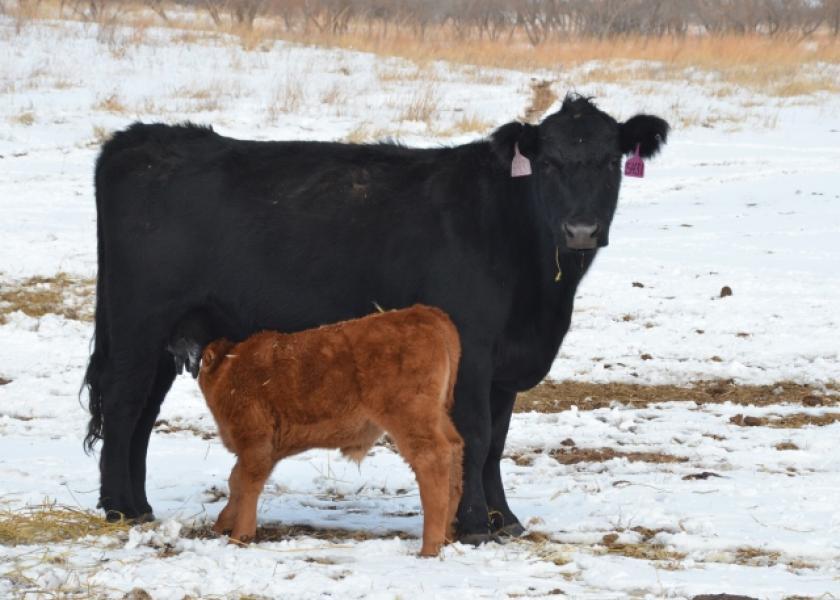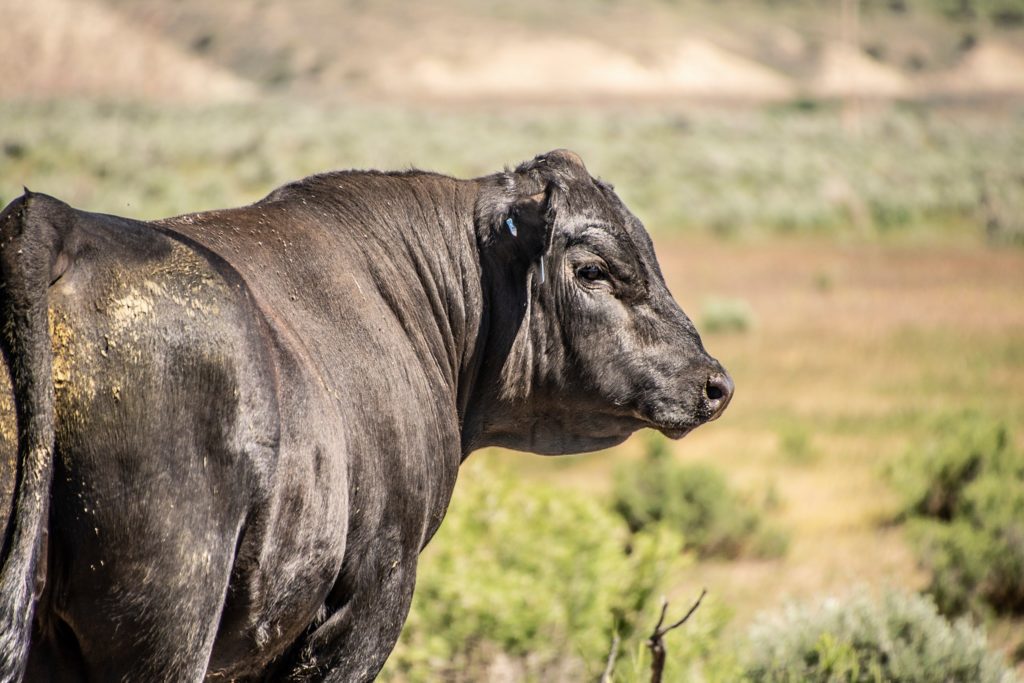Although mastitis, an infection of the udder, is often considered a dairy cow problem rather than a beef cow problem, the disease does affect many beef herds.
Most cases of mastitis only involve one quarter (one teat) of a cow’s udder and the other three quarters remain normal. Even though most cases of mastitis do not result in the complete loss of milk production, calves from affected cows have lighter weaning weights than if their dam had a normal udder.
Occasionally, mastitis causes severe illness in the cow, but in most situations, the cow is not greatly affected other than having reduced milk production. Mastitis can occur at any stage of lactation or even when the cow is dry, but most commonly becomes a problem early in lactation shortly after a cow calves.
Most cases of mastitis are caused by germs that are very common in the environment and on a cow’s skin. Occasionally, mastitis is caused by injury to the udder. Lactating cows are by far the most commonly affected, but heifers and even bulls or steers can have infected udders.
Severe cases of mastitis, when the udder becomes reddened, swollen, and hot to the touch and the cow shows signs of illness such as being off-feed and inactive, will result in severe weight loss in the calf and cow and occasionally the death of either the cow or calf.
Often, a beef producer or veterinarian will not notice a cow with mastitis because beef cattle are not typically observed daily from a short distance and many cases do not result in visible swelling or other signs of udder infection. In situations when cases of mastitis are not detected, the cow is likely to remain infected throughout the lactation and possibly for the rest of her life.
If mastitis is diagnosed, cows can be treated with special formulations of antibiotics that can be infused into the udder itself through the end of the teat. The veterinarian may also choose to treat cows with mastitis with antibiotics injected under the skin of the neck that then travel through the blood stream to the udder.
Many cases of mastitis respond well to treatment, but some quarters never return to full milk production. If a cow with mastitis is severely ill, the veterinarian may recommend aggressive therapy with frequent milking out of the affected quarter, the use of anti-inflammatory drugs and antibiotic therapy.
Because beef cows are not handled frequently, the most common time to check cows for mastitis is when they are gathered for purposes of vaccination, fly control, or breeding early in lactation, or at the end of lactation when the cows are checked for pregnancy status and/or the calves are weaned. Some herds routinely check udders and treat any affected cows at the time the calves are weaned.
Although it is probably not possible to prevent all cases of mastitis, heavy fly populations, calving in a drylot and poor teat and udder confirmation are linked with situations with multiple cows being affected in the same herd.
Older cows, particularly those with larger, low-slung udders and large teats are considered to be at greater risk for mastitis. Therefore, prevention focuses on calving cows on clean pasture and avoiding calving in wet or muddy environments, culling potential replacement heifers if their dam has poor udder or teat confirmation, and controlling flies by focusing on sanitation and appropriate use of insecticides.
Source: Bovine Veterinarian, By Bob Larson DVM March 30, 2023











